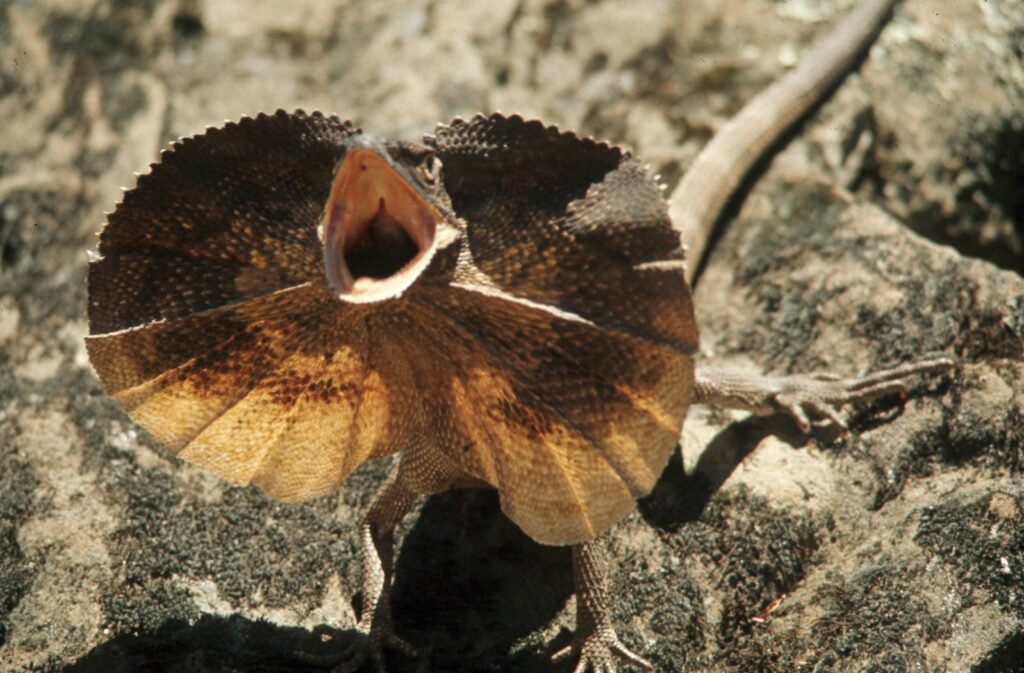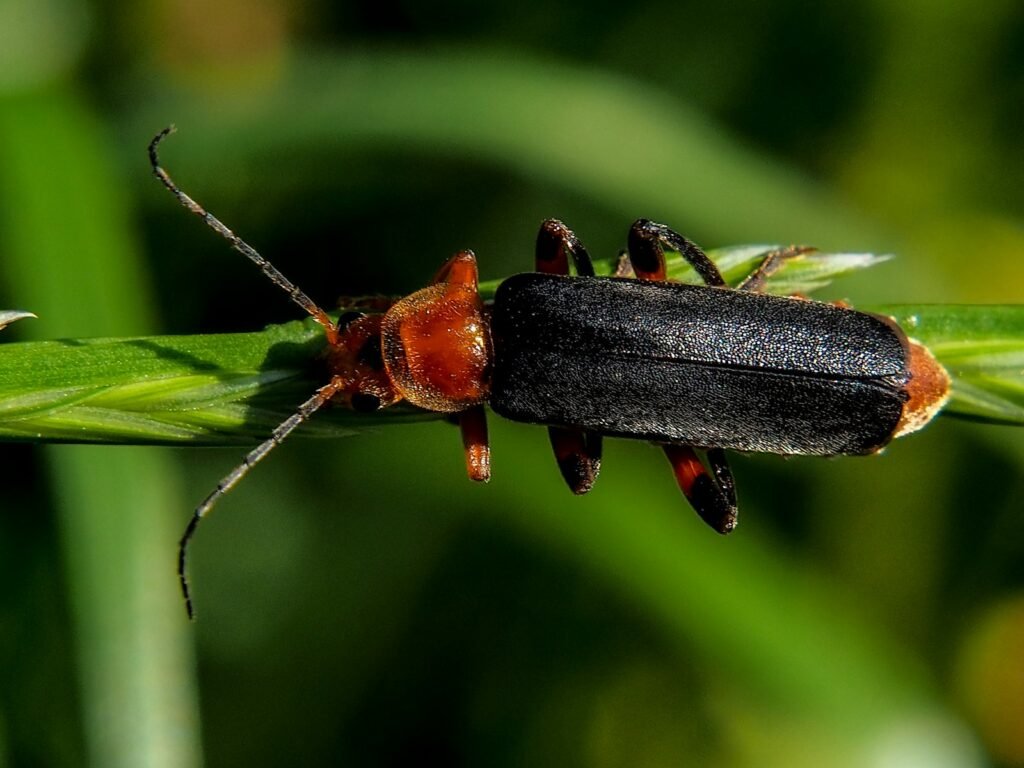Once upon a time, the Mojave Desert was home to a fascinating creature—the giant sloth. These enormous mammals roamed the landscape, leaving a significant mark on the environment. However, with their extinction, the Mojave Desert underwent dramatic changes that continue to affect its ecosystem today. As we delve into the impact of the giant sloth’s disappearance, we discover how their absence reshaped this iconic American landscape in surprising ways.
Who Were the Giant Sloths?
Giant sloths, known scientifically as Megatherium, were among the largest land mammals to have ever existed. These gentle giants roamed the Earth during the Pleistocene Epoch, a time when megafauna thrived across different continents. Standing at an impressive height of up to 20 feet when on their hind legs, giant sloths were herbivores that fed on a variety of vegetation. Their massive size and unique feeding habits made them a key player in shaping the landscapes they inhabited, including the Mojave Desert. Unlike their modern relatives, such as the tree-dwelling sloths of Central and South America, these ancient sloths were ground dwellers, moving slowly but with purpose across the terrain. Their presence was crucial in maintaining the balance of the ecosystem and supporting the diverse plant life that flourished in their wake.
The Mojave Desert’s Prehistoric Landscape
Before the giant sloths vanished, the Mojave Desert was a vastly different place. It was a mosaic of diverse habitats, including lush grasslands and scattered woodlands, teeming with life. The sloths played a pivotal role in this environment by acting as nature’s gardeners. Their feeding habits helped to control the growth of certain plant species, promoting a healthy and varied plant community. As they grazed, they spread seeds and fertilized the soil, contributing to the growth of grasses and shrubs that supported a wide array of animal life. This dynamic ecosystem was a testament to the interconnectedness of species, with the giant sloths at its heart, maintaining the balance between flora and fauna.
The Disappearance of a Gentle Giant
The extinction of the giant sloths marked a turning point for the Mojave Desert. Several factors contributed to their decline, including climate change and human activity. As the Pleistocene Epoch came to an end, the Earth’s climate underwent significant shifts, resulting in the alteration of habitats. The once-fertile lands began to dry, and the sloths, unable to adapt quickly enough, faced dwindling resources. Human populations, on the rise during this period, also played a role in the sloths’ extinction. Hunting and habitat encroachment further pressured these animals, pushing them to the brink of survival. With their disappearance, the delicate balance they maintained was disrupted, leading to profound and lasting changes in the Mojave Desert.
Impact on the Vegetation
The absence of giant sloths had a cascading effect on the plant life of the Mojave Desert. With no large herbivores to manage the vegetation, certain plant species began to dominate. This shift led to a decrease in biodiversity, as the landscape became more homogeneous. The once-diverse mosaic of grasses and shrubs gave way to fewer species, altering the structure and function of the ecosystem. This change affected not only the plant community but also the animals that relied on it for sustenance. The loss of the giant sloths’ influence on vegetation resulted in a less resilient environment, vulnerable to further ecological disturbances.
Changes in the Animal Community
The extinction of giant sloths had a ripple effect on the animal community of the Mojave Desert. As the plant life changed, so did the availability of resources for other species. Animals that depended on the diverse plant community for food and shelter found themselves struggling to adapt. Some species faced extinction, while others were forced to migrate in search of more suitable habitats. This shift in the animal community led to a decrease in biodiversity, as specialist species were replaced by more generalist ones. The intricate web of interactions that once characterized the Mojave Desert began to unravel, leaving a simplified and less dynamic ecosystem in its wake.
The Role of Climate Change
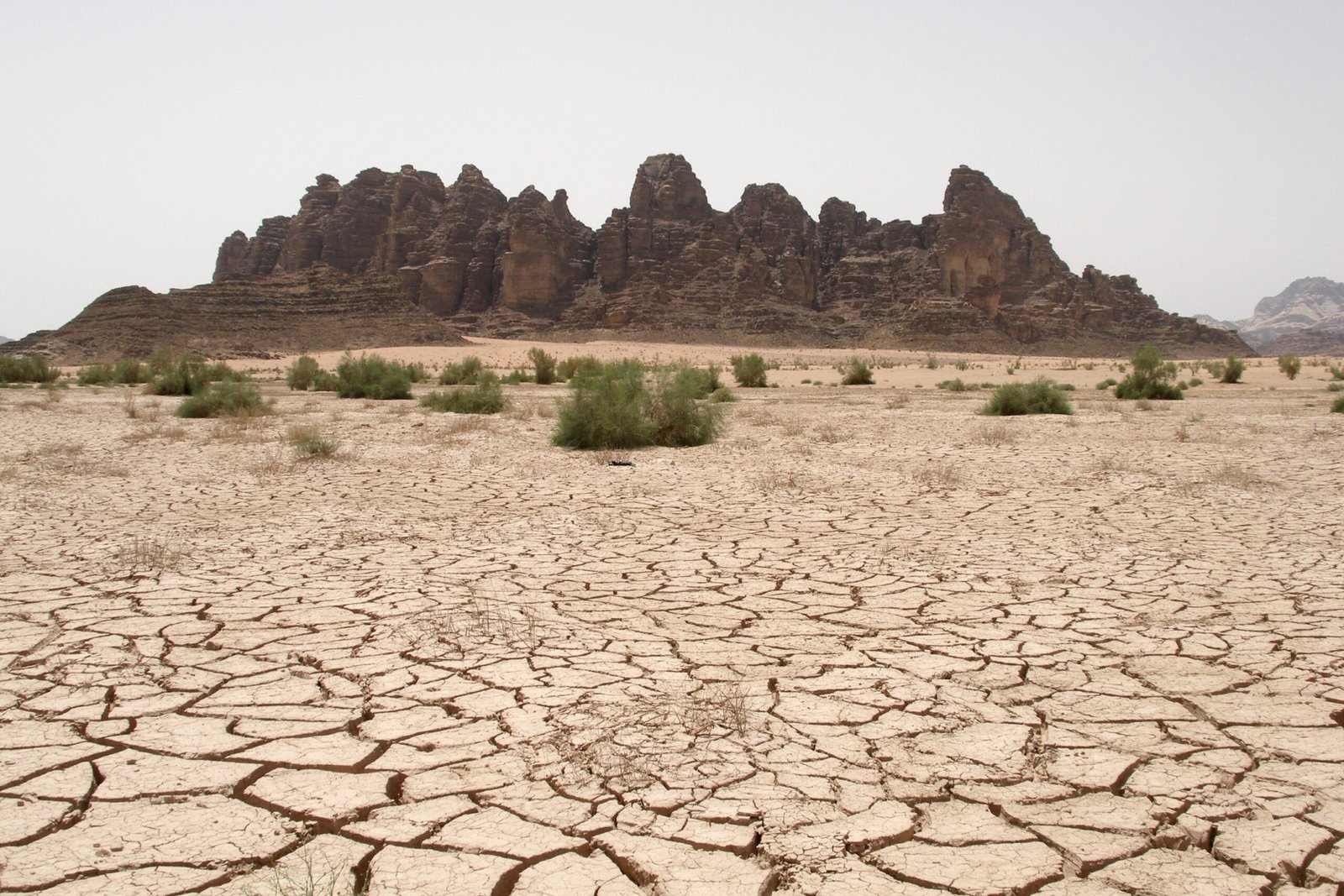
Climate change played a significant role in the extinction of giant sloths and the transformation of the Mojave Desert. As the Earth’s climate warmed, the desert experienced increased aridity and temperature fluctuations. These changes altered the availability of water and nutrients, making it difficult for both plants and animals to survive. The giant sloths, unable to cope with the rapidly changing conditions, faced a harsh reality. Their extinction marked the beginning of a new era for the Mojave Desert, one characterized by a harsher climate and a more challenging environment for life.
Human Influence on the Desert’s Transformation
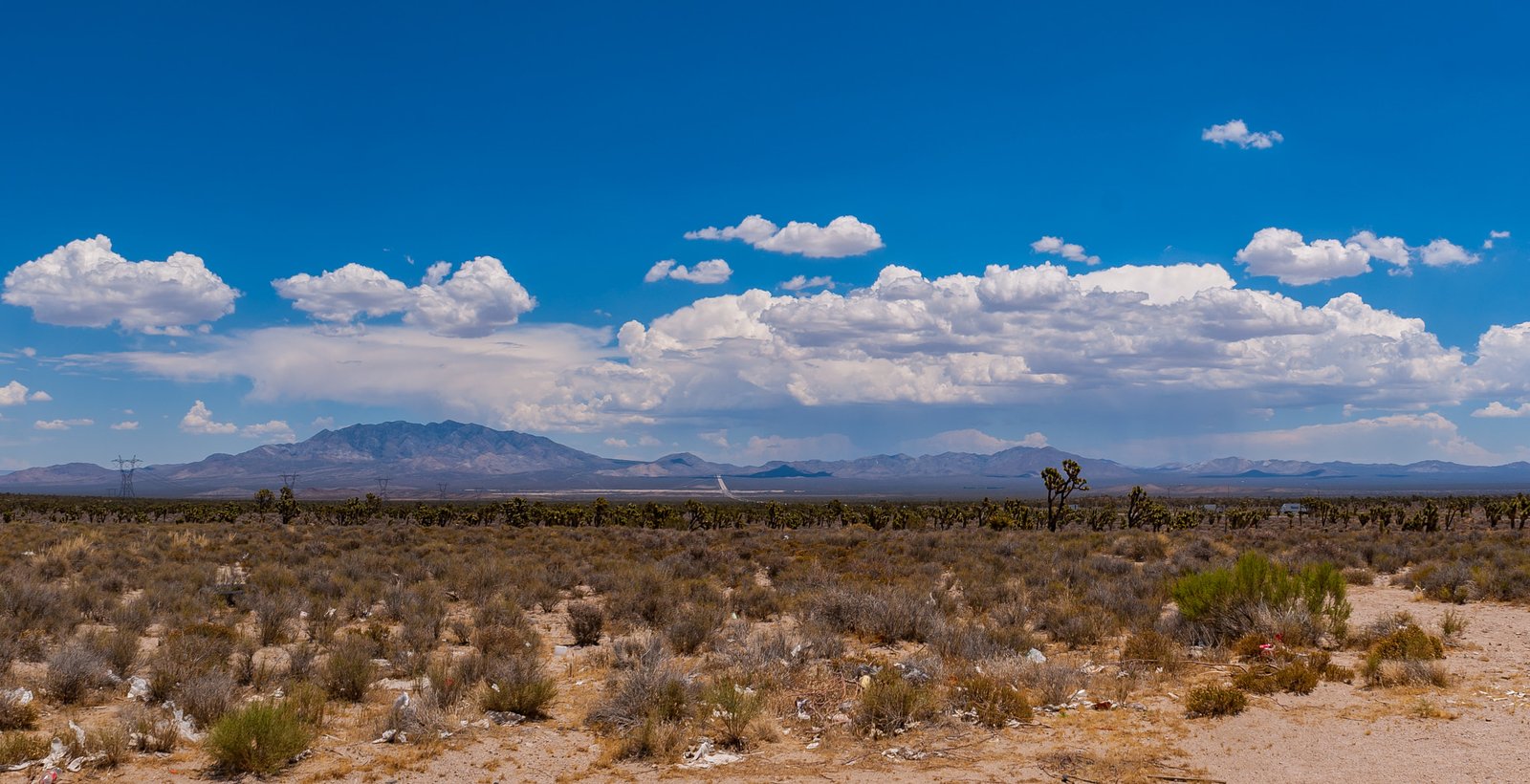
Human activity also contributed to the changes in the Mojave Desert following the extinction of the giant sloths. As human populations grew, their impact on the environment became more pronounced. Hunting, land use changes, and the introduction of non-native species further altered the desert’s ecosystem. These activities compounded the effects of climate change, accelerating the transformation of the landscape. The once-thriving environment that had supported giant sloths and a diverse array of species became increasingly fragmented and degraded, leading to a loss of biodiversity and ecological resilience.
Lessons from the Past
The story of the giant sloths and the Mojave Desert offers valuable lessons about the interconnectedness of ecosystems and the impacts of extinction. The loss of a single species can have far-reaching consequences, affecting not only the immediate environment but also the broader ecological community. Understanding the past helps us recognize the delicate balance that exists within ecosystems and the importance of preserving biodiversity. As we face ongoing environmental challenges, the tale of the giant sloths serves as a reminder of the need for conservation and sustainable practices to protect the natural world.
The Modern Mojave Desert
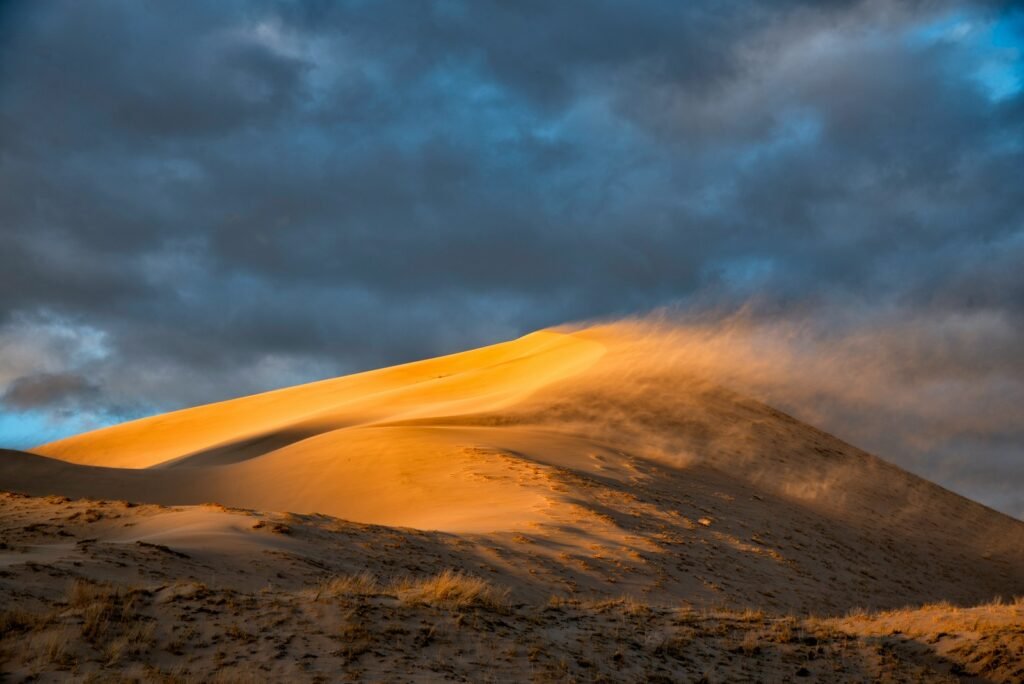
Today, the Mojave Desert bears little resemblance to the landscape that once supported giant sloths. It is a place of stark beauty, characterized by rugged terrain and extreme conditions. Despite the changes brought about by the extinction of the sloths, the desert remains a unique and valuable ecosystem. It is home to a diverse array of plants and animals, each adapted to survive in this challenging environment. The modern Mojave Desert stands as a testament to resilience and adaptation, offering a glimpse into the intricate web of life that continues to thrive in the face of adversity.
Reflecting on the Future
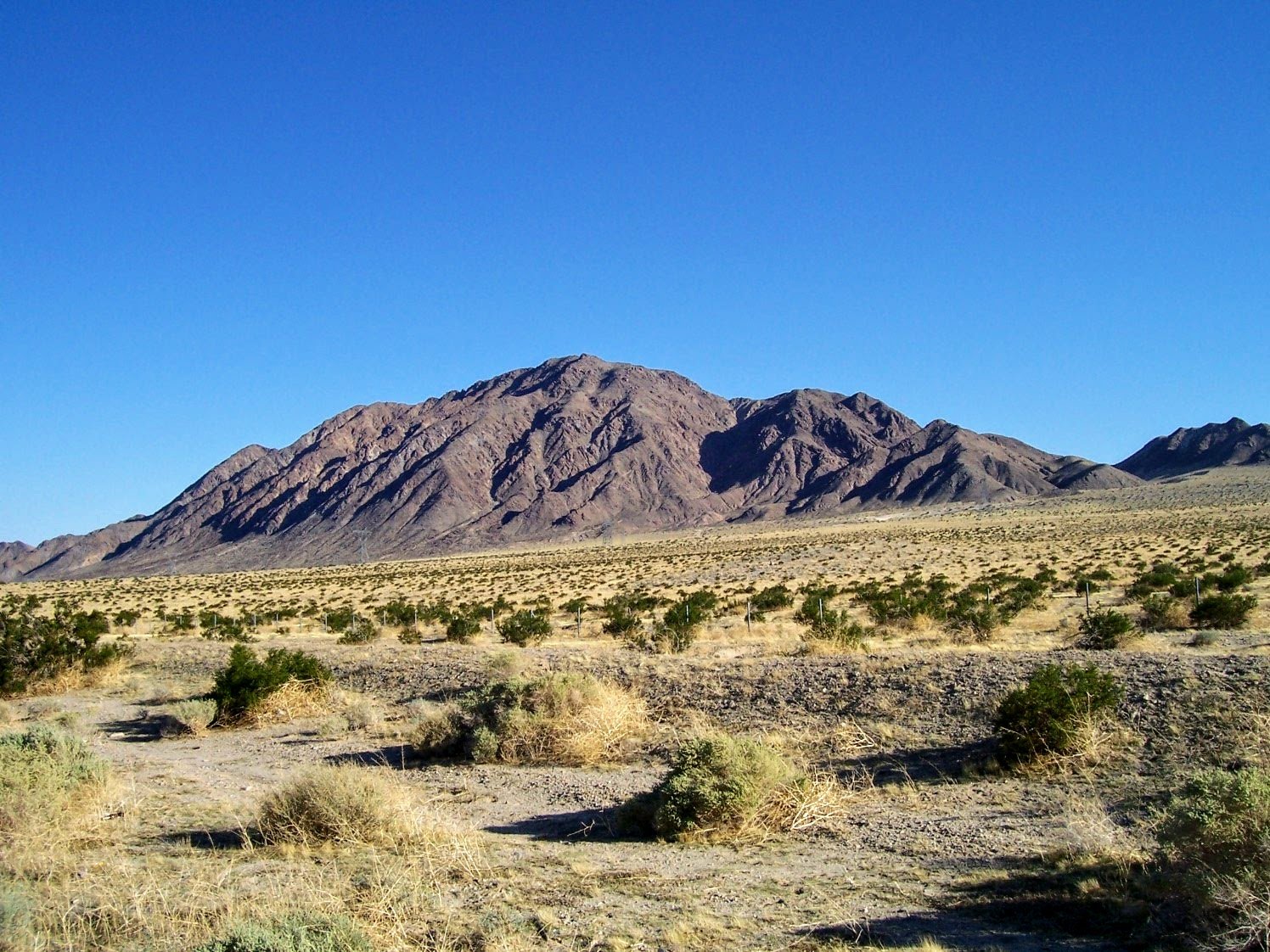
As we reflect on the history of the Mojave Desert and the legacy of the giant sloths, we are reminded of the importance of protecting our natural world. The lessons learned from the past can guide us in our efforts to conserve and restore ecosystems that have been altered by human activity and climate change. By understanding the interconnectedness of species and the impacts of extinction, we can work towards a future where biodiversity is valued and protected. The story of the giant sloths and the Mojave Desert serves as a call to action, urging us to take responsibility for the health of our planet and the preservation of its rich and varied ecosystems.


